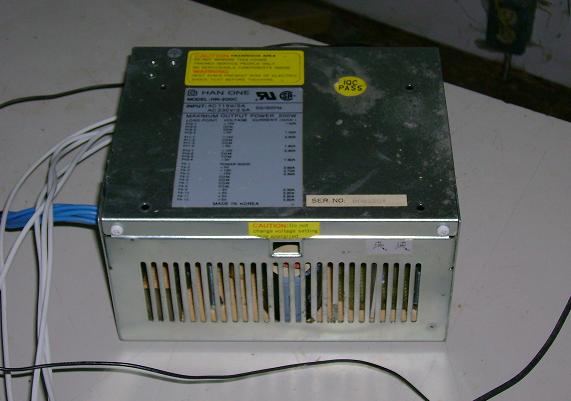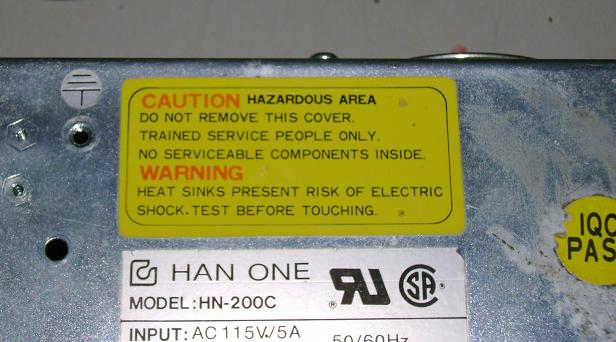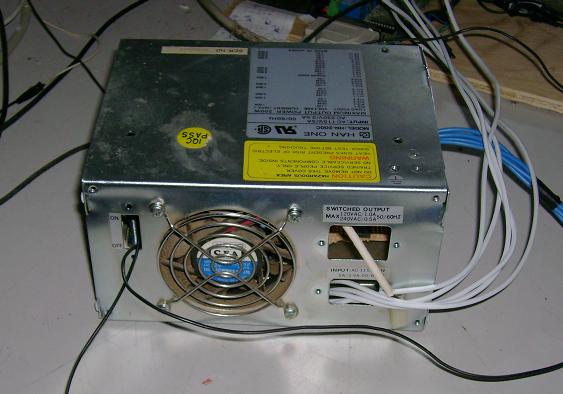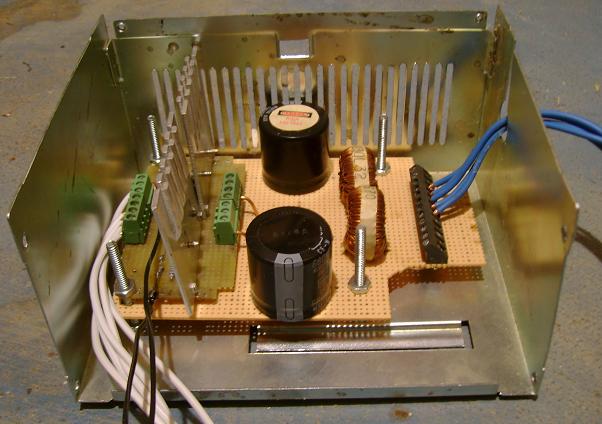I built and tested a version of the circuit in
this post. I recycled many components from an old PC power supply:

Bonus thing is that it has its own warning labels:

And cooling fan for when things get too hot:

Inside:

I've been testing it in winds around 2 to 6 m/s and it works. Genny performance can be changed by changing duty cycle. The bad thing is that it has a narrow range, from about 1% duty to 4% duty. Below 1% duty and it's an open circuit. At 4% duty and higher, it's like being connected directly to batteries.
I set up the micro so it can run in auto or manual mode. The micro will automatically adjust duty in auto mode, but the algorithm is probably not optimized. I was using manual mode to see performance at a set duty and changing wind conditions. It got away on me. RPMs shot to over 300 in a wind gust, with dc voltage over 100. Way too much for the poor old IRF540. Now the genny putters along at 30 RPM regardless of wind. Oh well, time to break out the soldering iron again.